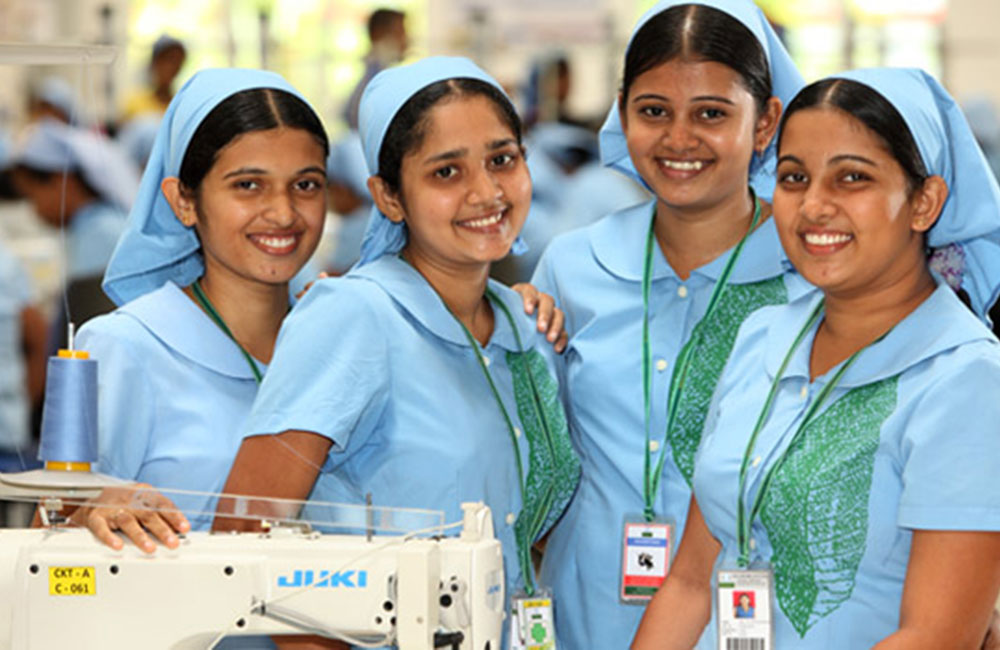Sri Lanka’s apparel and textile export segment is likely to experience the highest rate of growth and would be the key driver towards Sri Lanka’s 2020 export earnings target of $ 20 billion.
A survey by Oxford Business Group (OBG) Business Barometer with CEOs who took part in a face-to-face survey predicted that the garments industry would be the growth engine for exports in the year ahead, followed by tea and spices at a distant second with 14%. Textiles and tea are the backbone of Sri Lanka’s tradable sector, respectively comprising 47% and 12% of total exports in 2016.
Asia Regional Editor, OBG, Patrick Cooke, says that under President Maithripala Sirisena’s National Export Strategy, ICT, wellness tourism, spice concentrates, boat building, processed food and beverages, and electronics,machinery were identified as the six priority areas for diversifying the country’s export base.
“While diversification will certainly contribute to meeting the government’s bold targets, it is clear that local business leaders expect traditional industries to underpin growth for the foreseeable future.”
Export industries received a welcome boost in May 2017, when the EU reinstated Sri Lanka’s Gener¬alised Scheme of Preferences Plus (GSP+) status, which had previously been rescinded over human rights concerns in 2010. GSP+ status removes the majority of import duties on Sri Lankan goods entering the European single market, and likely drove the 13.8% year-on-year increase in garment exports to the EU in November 2017.
Even though the immediate future looks bright for the garments segment, Sri Lanka would be wise to devise adaptation strategies for technological advancements in manufacturing processes. Developments in innovative areas such as 3D printing and robotics are likely to erode some of the country’s current competitive advantages in the years to come, as without the need for lower labour costs, clothing giants may start to move production facilities closer to their main consumer markets.
Commenting on the future outlook for Sri Lanka the report says that Lanka should look towards successfully transitioning into a productive knowledge-based economy while still honoring debt commitments. The sustained pursuit of an open trade policy to attract value-added industries with accompanying skills transfer, as well as efforts to enable small and medium-sized enterprises to integrate into global and regional supply chains, will aid this endeavour. Being situated between the Middle East and Asia, with close proximity to the emerging economic superpower of India, the opportunities presented by the nation’s strategic geographic position should not be overlooked either.
“At the same time, the country may benefit from opening the higher education system to private and international investment, though this will entail overcoming domestic opposition. This could help prevent the brightest minds from pursuing academic studies overseas and would introduce new approaches to creative thinking and entrepreneurship, which may ultimately lead to the creation of more high-value jobs at home.”
Effectively countering the persisting brain drain will also require a coherent strategy to address the slide in female participation in the labour force, in turn enabling Sri Lanka to harness the full potential of its society.
Source : Daily News

Leave your comments
Login to post a comment
Post comment as a guest